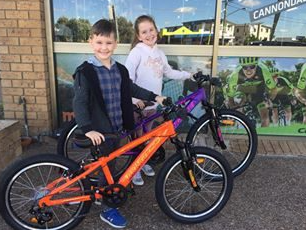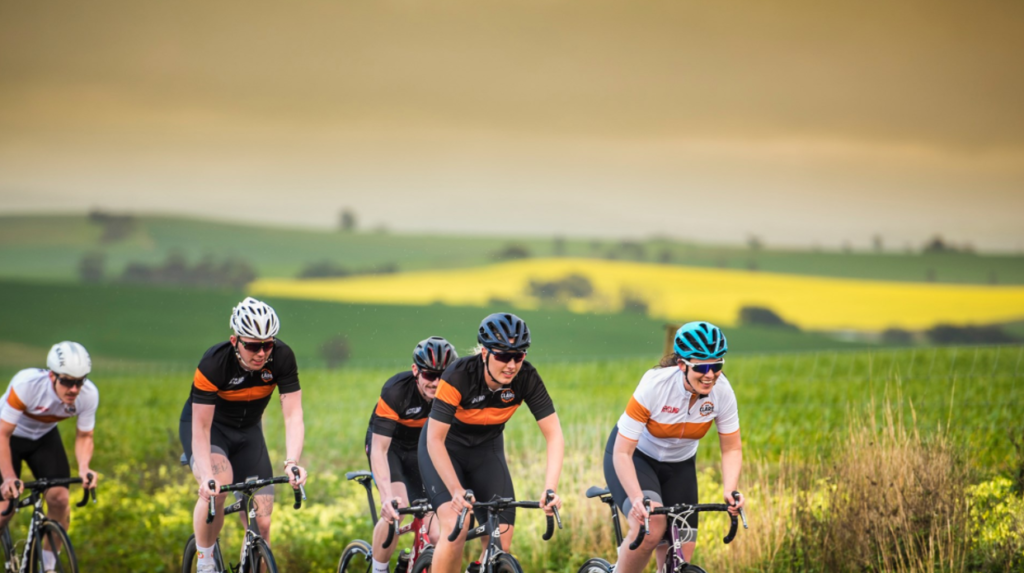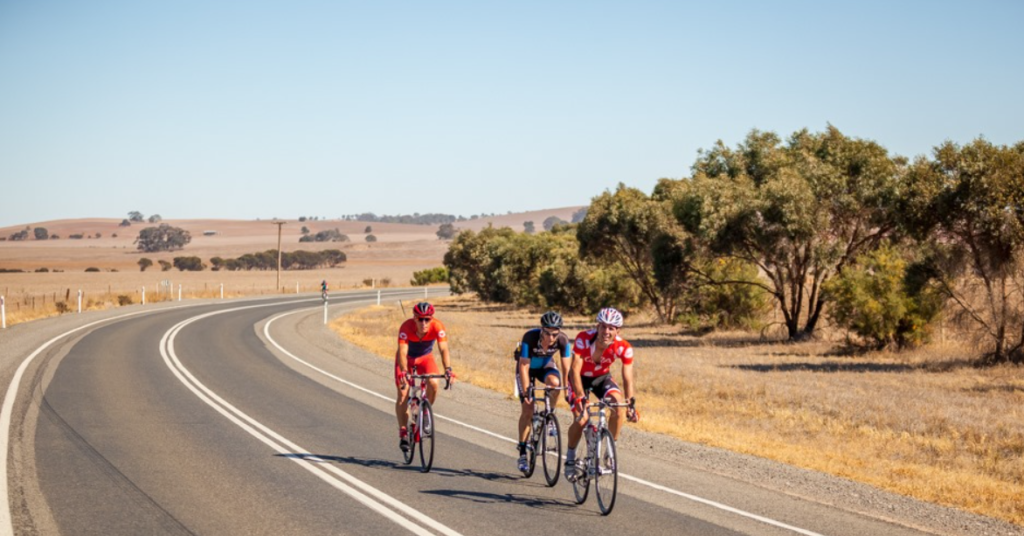How to choose a good, high quality, reliable, and at the same time inexpensive bicycle that is suitable for height, weight, and riding style? This question is asked by almost every inexperienced cyclist when choosing a two-wheeled vehicle, choosing a mountain, road, or city bicycle in an online store or in the market of his city.
Due to the huge variety of different technical characteristics, names of spare parts, and bike components, your head starts to spin. Therefore, the professionals of our site decided to compile a fairly impressive list of the main criteria for choosing a bike, which will help beginners decide when buying their first bike.
Model year

Many models of bicycles from famous brands and not only have their own model range, which is updated every year. You can find bicycles with exactly the same names and having only one difference in the name – the model year of release.
In addition to the year, the manufacturer can make minor, minor changes in technical equipment, for example, change the type of brakes, or it can simply introduce new colors, and everything else remains the same as on last year’s model. As a rule, in almost 100% of cases, the new model is sold more expensive than the old one, even if it is technically less equipped. This is how it happened with the Cannondale Trail series.6 of 2012 and 2013, where mechanical disc brakes were installed on the 2013 model, instead of hydraulics, as was the case on the previous bike. And the price tag was still higher.
Let’s summarize. When choosing a bike, we advise you to take a closer look at the model of the previous model year. It will most likely be cheaper and the equipment maybe even better. Of course, this is not always the case, and therefore, in order to choose the right bike, it is worth comparing the rest of the parameters, which we will consider below.
Bike type
All bicycles are divided into types (mountain, road, city, road, BMX, cruisers, folding, electric, fat bikes, etc.), which are designed to separate the “iron horses” by the way they are used. Some types can have subtypes. This division serves primarily to facilitate the choice of a bike for the cyclist’s riding style, the terrain you will ride, or the selection of a bike for specific characteristics that are inherent in this class of bicycles. In the following, we’ll take a quick look at the most common types of bikes and tell you what they are best for, which will help you choose a bike that suits your riding style.
Mountain bikes

Mountain bikes or as they are also called mountain bikes ( MTB) a very common type, especially in the territory of the CIS countries. This is not least due to the fact that many riders consider it the most versatile bike that is suitable for both city and off-road. This is partly true, but still his native element is routes without asphalt pavement.
This is not least due to the wide tires with aggressive tread, which have excellent traction when riding on mud, dust, gravel, etc. But the flip side of the coin is faster tire tread wear and heavier pedaling (compared to city or highway) on asphalt. This type has increased structural safety margins, for which we often pay with weight. Also, due to the specifics of its application, it is not so easy to develop very high speeds in a straight line, since MTBs do not have sufficient transmission ratios. Mountain bikes can have various degrees of shock absorption: with a suspension fork or double suspension. We will take a closer look at the topic of bicycle shock absorption below.
So who’s a mountain bike for? Cyclists who travel most of their route off-road and / or hilly terrain with sharp changes in altitude, as well as people living in rural areas. If you ride aggressively around the city and often slide down the steps on top of an iron horse, then a mountain bike will be clearly more relevant, for example, all the same city bike. Well, for beginners in the world of cycling or cycling, it is also suitable.
Road bike

Road sports bicycles (road racers in the common people) are the exact opposite of mountain bikes. They are lightweight, fast, with narrow wheels of large diameters (28 inches) and virtually no tread. Narrow wheels give us a speed advantage but impair flotation. Less contact with the ground creates more ground pressure, which also increases the likelihood of a puncture in the wheel tube.
Therefore, they are practically not adapted to off-road driving. Road bikes do not have any kind of cushioning. the latter reduces speed characteristics and increases the weight of the bike. The area of application is a good asphalt surface. The road bike drivetrain has very large sprockets at the front and small sprockets at the rear, resulting in large gear ratios. This in turn gives good straight-line speed. Of note is a sporty seating position where the rider is pushed forward for less wind resistance. It may seem uncomfortable to many.
Riding a sports highway is a separate religion, some like it, some don’t. Therefore, before buying, we advise you to take a ride on this type of bike from a friend.
The road bicycle is recommended for more experienced cyclists. It is well suited for high-speed rides on highways and urban areas.

